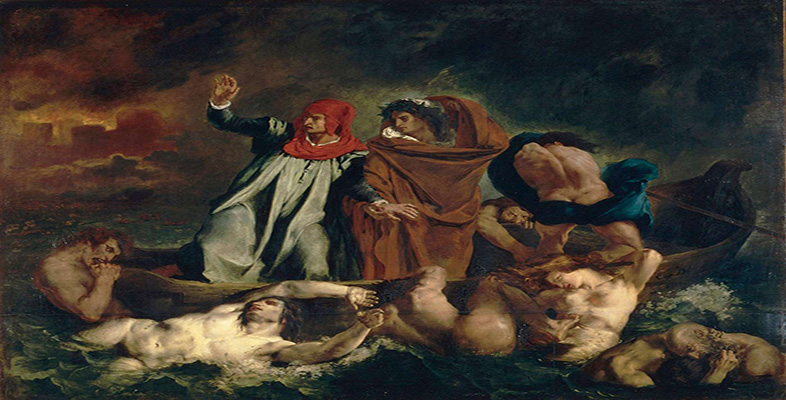6.2 A sense of sumptuous hedonism
In the sphere of painting, decoration and architecture, Orientalist schemes of decoration, which were all the rage in the eighteenth century among those who sought a more colourful and sumptuous life, attained a particularly florid mode of expression in the early nineteenth century. This was a considerable development from the early Enlightenment Rococo, which had included Oriental subjects with graceful curves and conventional, theatre backdrop landscapes designed to complement elegant gold and white interior decoration heavily punctuated by mirrors and candlelight (see Plate 39, Francois Boucher’s Leopard Hunt). Turqueries and chinoiseries had been extremely popular in furniture, wall decorations and ornaments (see Plates 40 and 41). The nineteenth century intensified the sensuous appeal of such effects. Delacroix himself observed and learned from Gros’s Egyptian subjects, constructed from tradition and imagination rather than observation. He had also seen Islamic art objects – the Persian and Indian miniatures in the collection of his friend, the artist Jules-Robert Auguste.
Click to see Plate 39: François Boucher, Leopard Hunt [Tip: hold Ctrl and click a link to open it in a new tab. (Hide tip)]
Click to see Plate 40: Gold box with painted enamel decoration, Paris: F.N. Génard,
Click to see Plate 41: Gold box with engraved and enamelled decoration, Paris: Cheval
In this context, we might see Delacroix’s Sardanapalus as a modern Mangogul. He is idle, bored with his wealth, power and harem, but magnified by Romantic ‘spleen’ – unlike Mangogul, he is immersed in despair and tragic circumstances, and less amenable to being entertained. Delacroix was well read and Diderot was one of the authors he enjoyed, but it is significant that Sardanapalus, as Romantic sultan, lacks any association with Enlightenment wit and humour. His persona is inflected by the satanic aura of Byron’s poetry or Goethe’s Faust and, as we have seen, the abyss of hell beckons in the lower edge of Delacroix’s painting. The hedonistic freedoms sought by the philosophes are here transformed into powers of darkness and evil.
The Oriental was often stereotyped by French writers and artists as the source of lustful pleasure that, in Catholic France, was forced to acquire the status of dream or fantasy. There was, for example, Christian suspicion (formally expressed by St John of Damascus) of the revelations that the prophet Mohammed claimed to have received in order to justify polygamy. There was also a prurient interest in the popular myth that he had decided to enclose his wives in a courtyard (the origin of the harem), and make them wear the veil, as the result of the suspected adultery of one of them, Aisha. In the western mind, the harem figured alongside the Turkish bath as emblems of eastern sensuality. Islam had been characterised by the early Christians as a perversion, by the Arabs of the deserts, of Jewish and Christian beliefs. A fear of Islam persisted in late eighteenth- and early nineteenth-century Europe, and this, along with Islam’s mythical potential to express a suppressed western lasciviousness, meant that the Orient provided the perfect canvas on to which the Romantics could project their fears, longing and desire.
